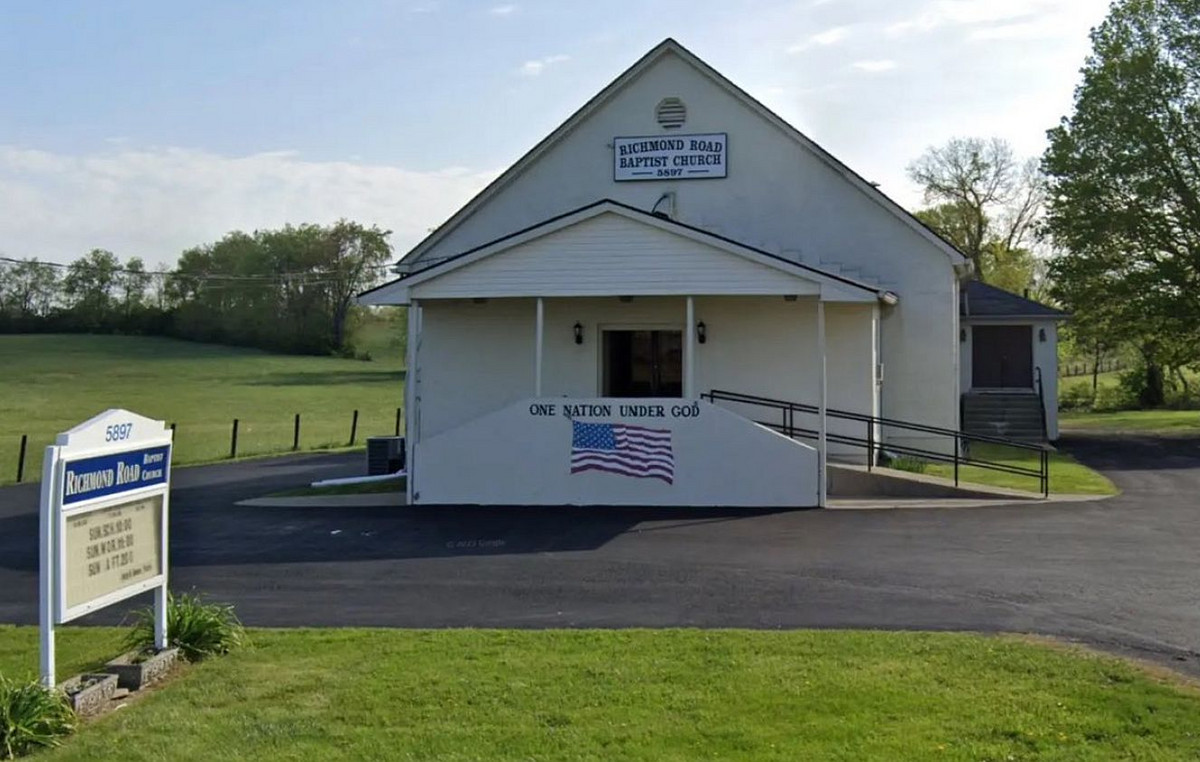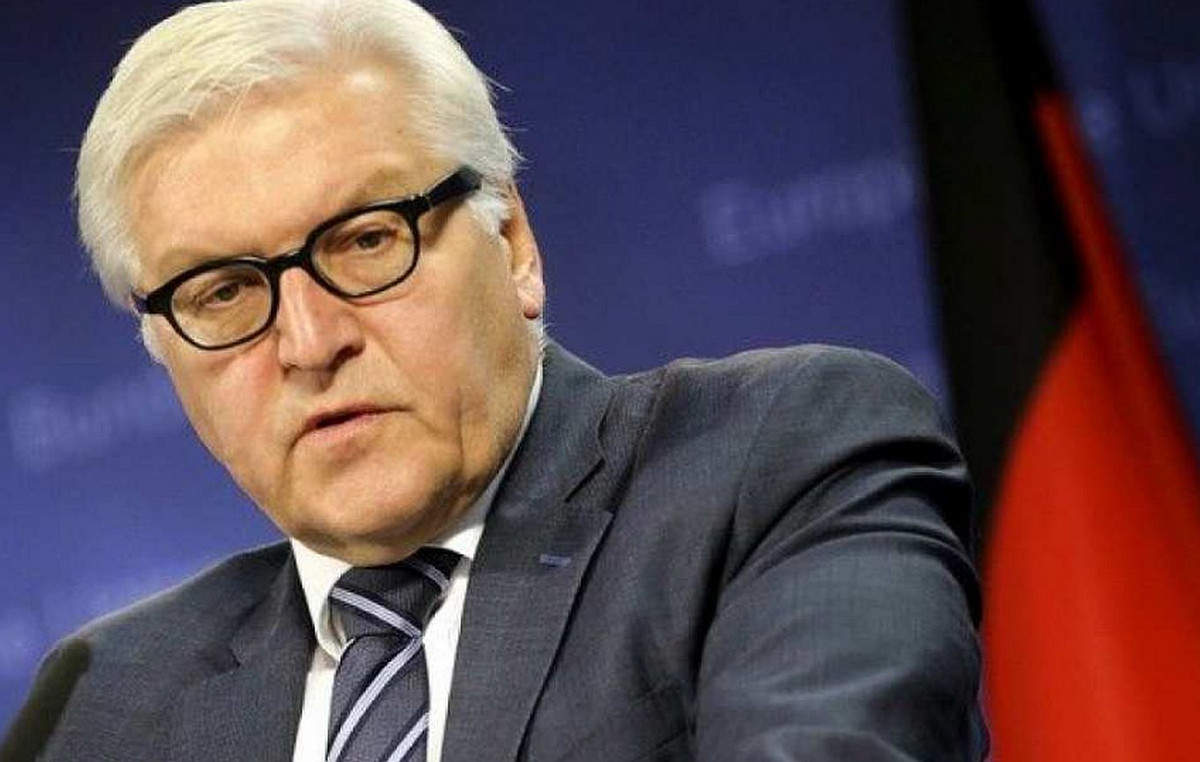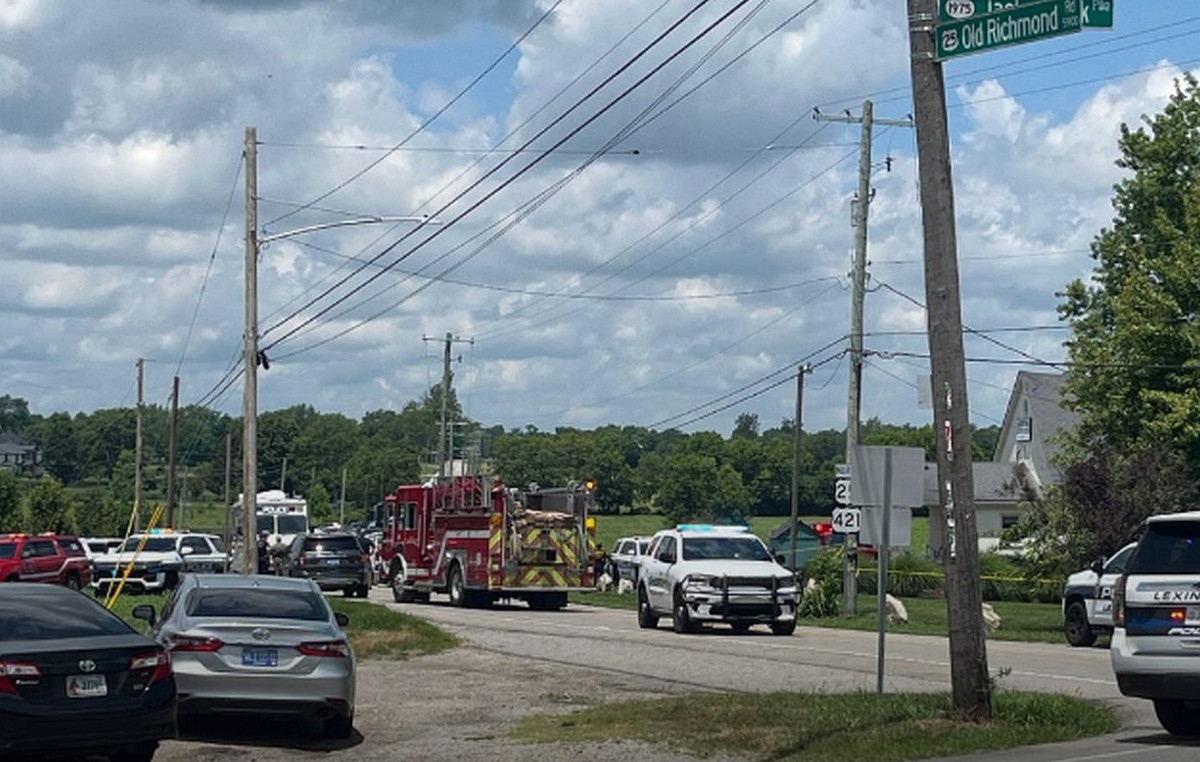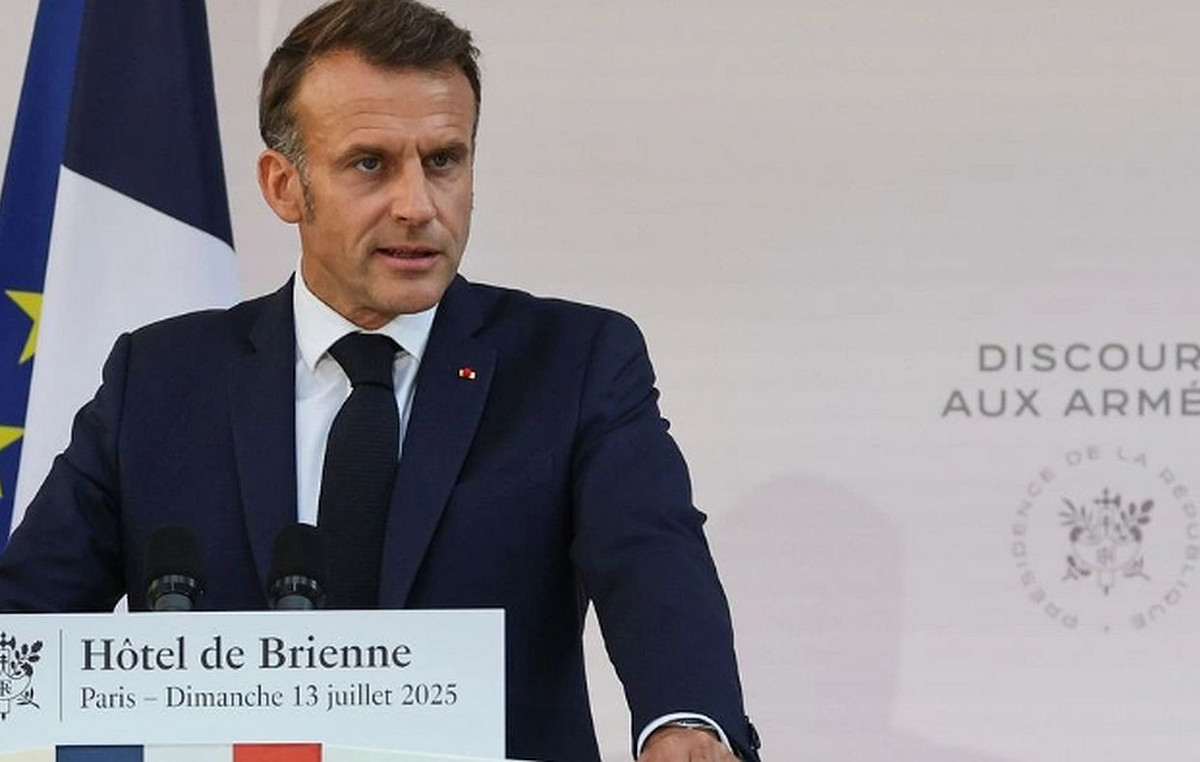With the rapid rise of the Selic, the basic interest rate of the Brazilian economy, the remuneration of fixed income securities of banks that are linked to it, the post-fixed ones, have already been completely reformulated.
Until the beginning of this year, when the Selic was at just 2%, it was not difficult to find CDBs paying 140% or more of the CDI, a bank interest rate that has been glued to the Selic. Today, with Selic and CDI at 7.75%, these options have practically disappeared from the investment shelves of brokers.
“Interests have gone up, but spreads aren’t paying that much, they’ve come down too fast. Medium-sized bank CDBs are offering yields close to 114% of the CDI”, says the partner at wealth manager Portofino Multi Family Office, “It is not a super-enthusiastic level of return; for a Selic at 11% or 12% could make sense.”
The spreads, in this case, are the difference offered by the bank over the value of the CDI in the remuneration of its CDB, that is, how much more than 100% of the CDI it offers in interest.
“You can even find some bonds paying more, but in general they are from banks in a more delicate situation and with greater credit risk; it depends on the investor’s disposition”, says Eduardo Perez, investment analyst at Nu Invest, formerly Easynvest. “Overall, the maximum remunerations are between 120% and 125% of the CDI.”
Selic towards 11%
Until recently, economists believed that the Selic would continue to rise from the current 7.75% to close to 8.5% or 9.5% until the beginning of the year.
With the increase in the dollar and the risk in public accounts seen in recent weeks, however, calculations have already raised this expectation to 10% or even 11% in the coming months.
And, the more the future interest expectation rises, the more the banks will reduce the remuneration in relation to them.
The bill is simple: 140% of a 2% interest a year sounds like a lot, but it isn’t, since it’s applied on a very small basis. It means a final remuneration of 2.8%. It’s a 0.8 point increase in base interest.
114% with interest, now at 7.75%, becomes 8.82% – an increase of 1.07 point over the basic rate. If the Selic reaches 10%, the same 114% of the CDI will already be remunerating the equivalent of 11.4%, or 1.4 point more.
In other words, banks need to make less effort for investors to earn more – this role is already being fulfilled by the higher Selic itself.
“With the Selic close to 2%, fixed income had strongly lost its attractiveness, and what we saw were banks raising spreads, as a way to maintain the customer base”, says Bernardo Pascowitch, founder of Yubb, search engine and investment comparator. “Now that the rate is higher, they don’t have to rely on it anymore.”
A survey carried out by Yubb at the request of the CNN Brasil Business showed that a year ago, with the Selic at 2%, the average remuneration of CDBs was 124.3% of the CDI. Today this has already dropped to 118.4%.
Investments sold by banks are one of the main ways they raise money.
It’s the money they borrow from investors that they will then use to lend to customers at higher rates. It is from this difference between the interest paid and the interest charged that their profit comes, and that’s why lower Selic also helps to lower credit interest rates in the country as well..
Still, better option
Even with CDB spreads being squeezed quickly, experts do not hesitate to recommend post-fixed bonds as the best option for investing within fixed income now.
“Now, really, post-fixed are paying more than pre-fixed,” says Perez, from Nu Invest. “The fixed income people got used to it and, when they talk about 108% of the CDI, they think it’s bad; but you have to look to the future. The Selic will still go up a lot.”
The dilemma, for some, may be finding fixed-rate CDBs that today offer fixed interest rates of 11% or 12% per annum, and finding that they offset more than a post with a small margin on the CDI.
But, as both the Selic and inflation could still rise, the fixed rate could end up squeezed and lose its advantage.
“Selic should go to double digits and, in a scenario of rising Selic, post-fixed are the best option, because their profitability goes up with it”, says Pascowitch, from Yubb. “The best scenario to buy fixed rate is when interest rates are falling”.
Reference: CNN Brasil
I am Sophia william, author of World Stock Market. I have a degree in journalism from the University of Missouri and I have worked as a reporter for several news websites. I have a passion for writing and informing people about the latest news and events happening in the world. I strive to be accurate and unbiased in my reporting, and I hope to provide readers with valuable information that they can use to make informed decisions.







